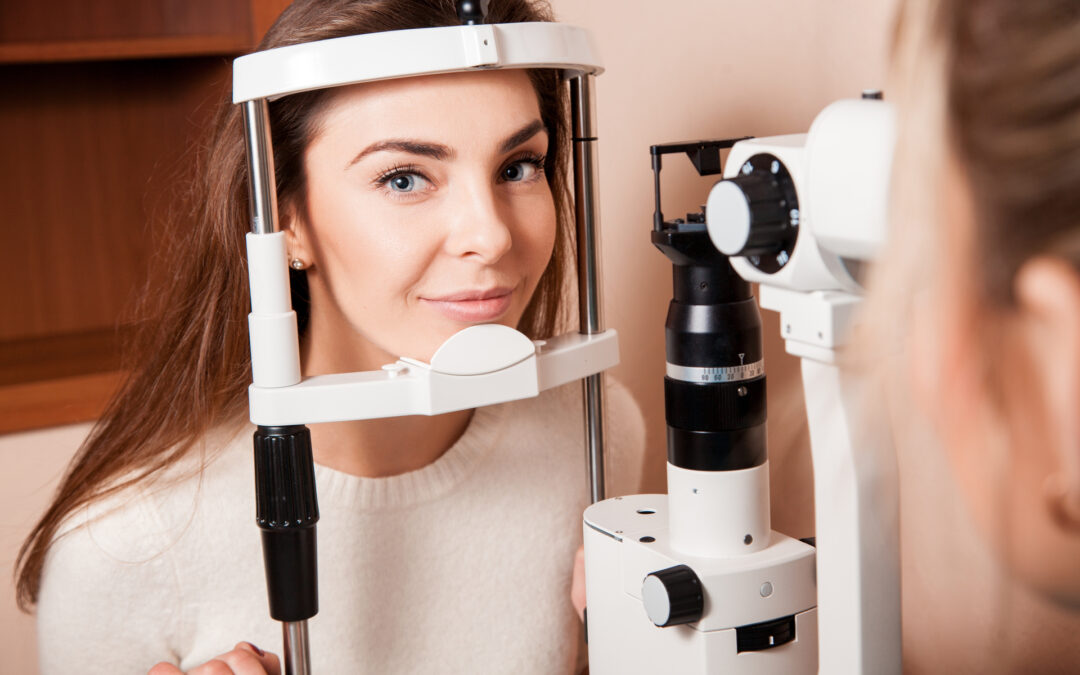Low vision is a condition where a person’s eyesight is impaired but cannot be fully corrected with glasses, contact lenses, or surgery. This can obviously have a significantly impact on a person’s quality of life, making everyday activities such as reading, driving, and even recognizing faces difficult. One crucial tool that eye care providers use to diagnose and treat low vision is a dilated eye exam.
A dilated eye exam is a simple and painless procedure that usually involves the use of medicated eye drops to widen the pupil. This allows your eye care provider to get a better view of the inside of the eye and diagnose a wide range of conditions that can impact vision. During the exam, your provider may use various instruments to look for signs of damage or disease, such as cataracts, glaucoma, macular degeneration, and diabetic retinopathy.
Early detection is your best defense, and treatment of these conditions can help preserve your vision and prevent further vision loss.
For example, if a person has glaucoma, which is caused by increased pressure in the eye, medication or surgery may be necessary to lower the pressure and prevent further damage to the optic nerve. If a person has diabetic retinopathy, which is caused by damage to the blood vessels in the retina, managing blood sugar levels and receiving treatment can help slow the progression of the disease.
Everyone should have a dilated eye exam at least once every two years, even if they have no vision problems. This helps you and your provider catch things early.
Make an appointment with your eye care provider now and check your eye health. By getting regular eye exams and seeking treatment as soon as possible, we can help preserve your vision and improve your quality of life.

